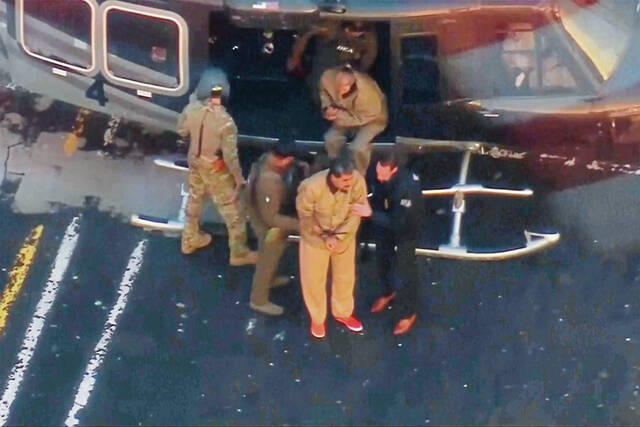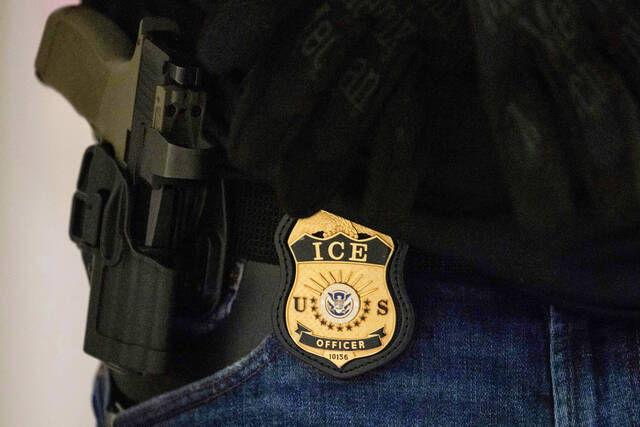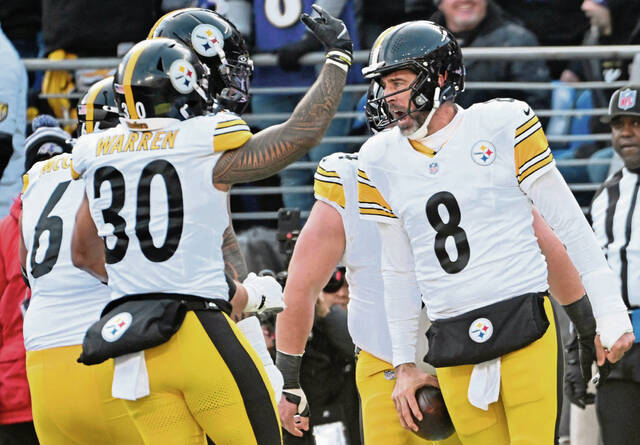Pennsylvania’s infrastructure woes are impossible to ignore. From structurally deficient bridges to mounting debt to rising turnpike tolls that chase away motorists, residents would be forgiven for wondering what they are getting in return for paying the highest gas tax in the nation.
Auditor General Eugene DePasquale has been one of the loudest voices sounding the alarm about state transportation funding, bemoaning unsustainable turnpike debt and the diversion of gas tax money to fund state police. While these are legitimate criticisms, DePasquale himself voted for both policies, including turnpike borrowing and unlimited toll increases.
For his part, Gov. Tom Wolf has proposed “Restore Pa” — a $4.5 billion spending plan to fund pork-barrel projects during his term in office. Conveniently glossed over is the fact that it will cost families nearly $9 billion over 30 years when interest payments are accounted for. Predictably, the plan is funded by an additional tax on natural gas.
Unfortunately, this tax, borrow and spend approach repeats the mistakes that have failed to restore Pennsylvania’s infrastructure.
In 2007, lawmakers passed a scheme crafted by the Turnpike Commission and contract lobbyists to increase turnpike borrowing and tolls to fund other roads, bridges and mass transit systems. This plan won out over Gov. Ed Rendell’s far superior proposal to lease the turnpike, which would have yielded $12 billion in upfront payments.
A few years later, in 2013, lawmakers raised the gasoline tax to its current rate of 58.7 cents per gallon, the nation’s highest. This tax hike was sold as a means to fund the repair of structurally deficient bridges, though the law actually diverted $1 billion from driver charges to fund mass transit systems.
Today, the turnpike utilizes borrowing and tolls to make its required $450 million payment to the state — all of which funds mass transit. Additionally, more than $500 million in vehicle registration fees, driver fines, rental and tire fees, and even some of the gas tax is also diverted to fund transit systems.
That’s backwards. Good transportation policy would have motorists pay for the cost of the roads they use, not force drivers to subsidize mass transit systems they aren’t using.
How do we end this cycle of mistakes and truly address deficient infrastructure?
For starters, we should stop making drivers pay for mass transit. Pennsylvania transit systems have declining ridership, are horribly mismanaged and receive less revenue from riders and local government than most agencies. State aid should be dedicated to helping low-income riders, not propping up failing systems, and transit agencies should allow competition and privatize services to become more efficient.
To ensure our highest-in-the-nation gas tax actually improves our infrastructure, lawmakers should eliminate prevailing wage mandates. These mandates make every project cost more than it needs to.
Pennsylvania also needs to be more aggressive in using public-private partnerships in transportation, including re-evaluating a turnpike lease, tolling for new highway construction and utilizing managed lanes. Transitioning from gas taxes to mileage-based user fees, as vehicles become more fuel-efficient or don’t use gas at all, will soon be a necessity.
Our transportation infrastructure is in crisis not because drivers aren’t paying enough in taxes, fees and tolls, but because politicians are misusing driver dollars and diverting them to other causes.
Avoiding the past mistakes and adopting funding models proven in other states and internationally can fix our roads — without making taxpayers pay more.








